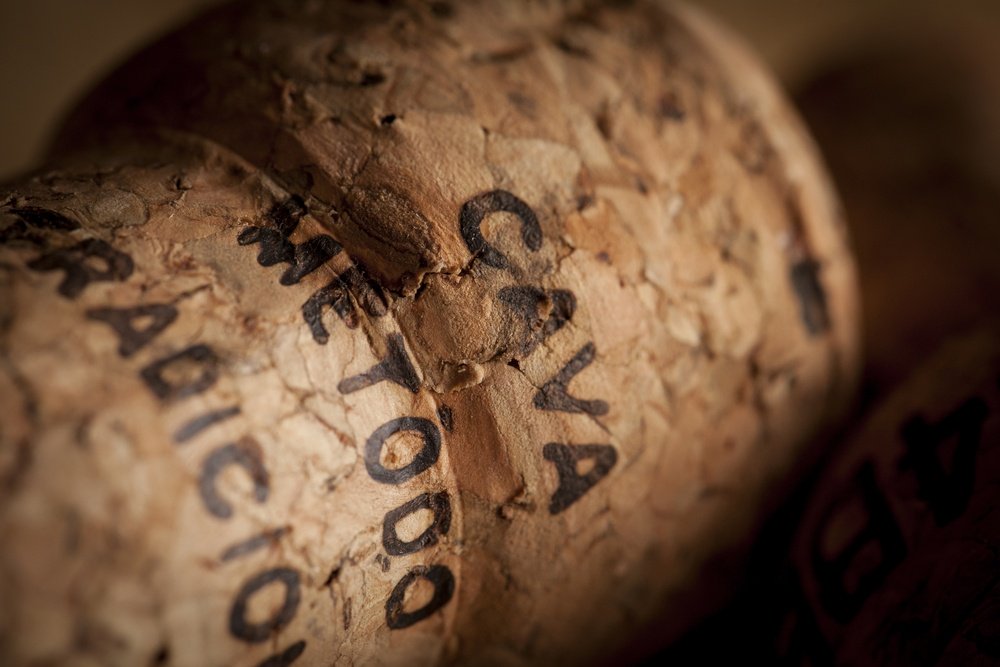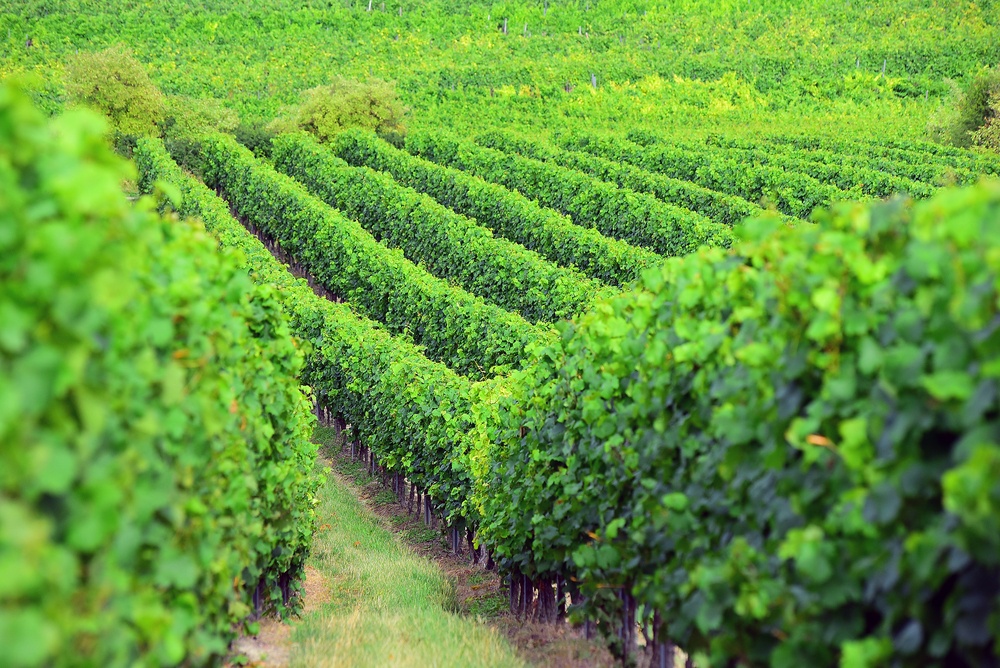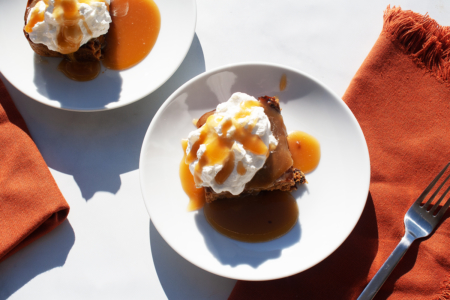There’s no denying that Champagne is great, but it’s not exactly cheap. And, while Prosecco is an abundant and affordable alternative, it’s not the best choice for those looking for something dry as opposed to sweet.
Fortunately, there is an affordable alternative to dry Champagne for those on a budget: Spanish Cava!
Production
Like most sparkling wines, most Cava is made from a blend of grapes, although some high-end bottles will stick to single varietals. For the most part, Cava will be made from a combination of three Spanish grapes: Macabeo, Parellada, and Xarello. These are the most commonly used grapes but depending on the wine there are six other grapes that are occasionally used. These grapes are: Trepat, Monastrell, Garnacha Tinta, Pinot Noir, and Subirat Parent.
Cava is made using the Classic method, which is same production process as Champagne. In this process, an acidic wine is placed in a bottle and sugar and yeast is added. The bottle is sealed and the wine is aged and rotated for a few years. Once the aging process is complete, the yeast is removed and the wine is dosed with additional sugar before it is sealed and sold.
 The classic method is the oldest sparkling wine production method. It’s also one of the most time consuming and is arguably the most expensive.
The classic method is the oldest sparkling wine production method. It’s also one of the most time consuming and is arguably the most expensive.
Like many other sparkling wines, Cava is graded using a highly regimented system.
Cava: These bottles have been aged for at least 9 months
Reserve Cava: These wines are aged for 15 months
Gran Reserva: these wines are aged for at least 30 months.
Flavor profile
 Cava falls somewhere in the middle of the taste spectrum between dry Champagne and sweet Prosecco. Cava is generally less acidic than Champagne and has a complex and intense flavor. Depending on how long it has been aged, Cava may have a fruit-forward taste with strong notes of citrus and other Mediterranean fruits. Aging the wine will bring out the yeast notes and give the drink a notable toasty bread flavor along with hints of nuts.
Cava falls somewhere in the middle of the taste spectrum between dry Champagne and sweet Prosecco. Cava is generally less acidic than Champagne and has a complex and intense flavor. Depending on how long it has been aged, Cava may have a fruit-forward taste with strong notes of citrus and other Mediterranean fruits. Aging the wine will bring out the yeast notes and give the drink a notable toasty bread flavor along with hints of nuts.
Food pairing
 Cava can be served as alone as an aperitif but it’s also balanced and versatile enough to be paired with food. The salty notes in Cava make it an ideal pairing with savory foods such as cured meats, olives, cheeses, and crackers. The crisp acidity and zesty character of Cava make it a great wine to pair with fish. Even richer meats like lamb and pork can be eaten with some Cava.
Cava can be served as alone as an aperitif but it’s also balanced and versatile enough to be paired with food. The salty notes in Cava make it an ideal pairing with savory foods such as cured meats, olives, cheeses, and crackers. The crisp acidity and zesty character of Cava make it a great wine to pair with fish. Even richer meats like lamb and pork can be eaten with some Cava.
Wines to try
 Gramona Imperial Gran Reserva Brut Cava ($22)
Gramona Imperial Gran Reserva Brut Cava ($22)
Creamy and fresh with a delicate fruity finish.
Recaredo Gran Reserva Brut Nature Cava ($30)
Full-bodied and intense with a notable nutty taste.
Agusti Torello Mata Kripta Gran Reserva Cava ($55)
Yeasty and citrusy with an appealing dryness.



